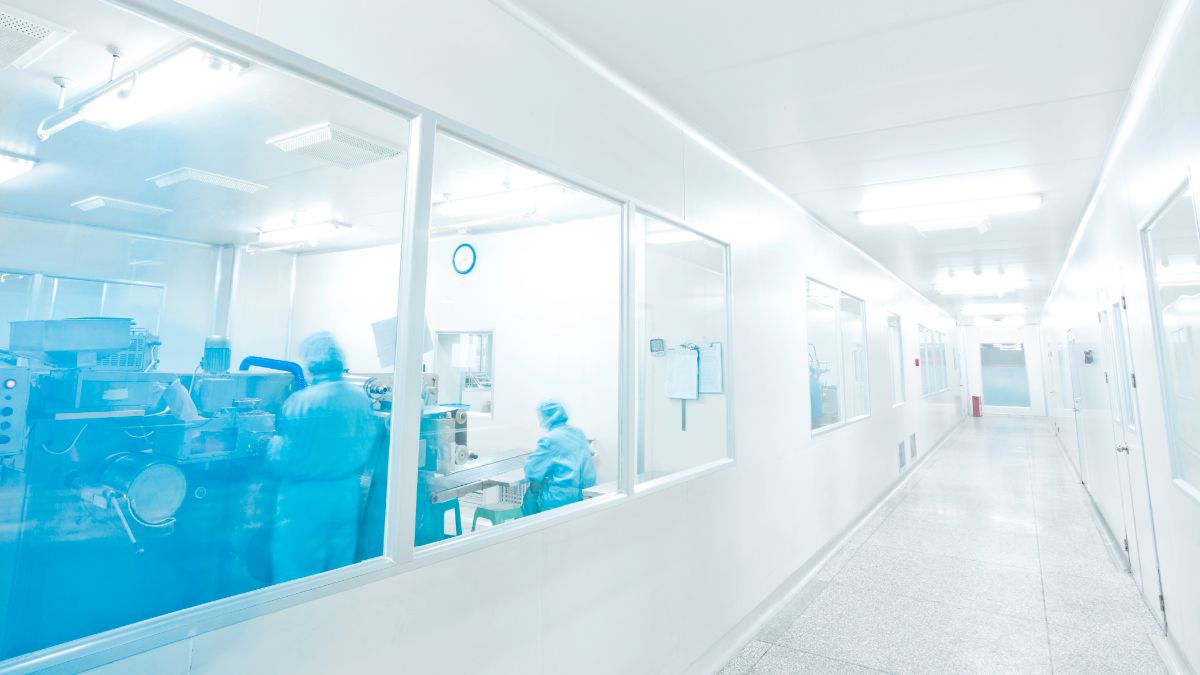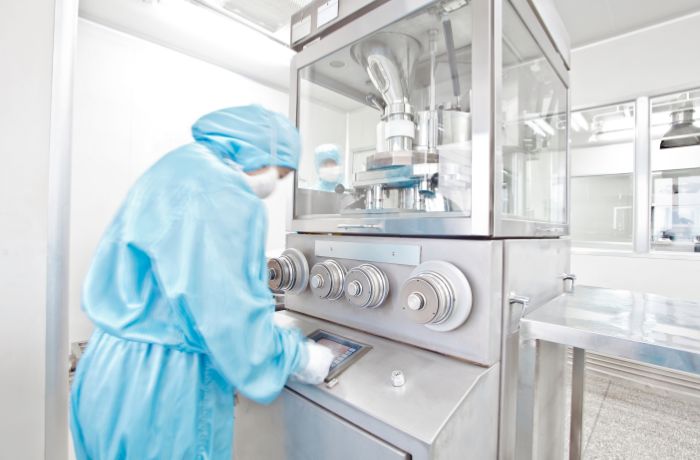Instructions for cleaning and sanitizing clean rooms

Latin America. Clean rooms, places of special asepsis, are widely used in the pharmaceutical industry, scientific research and technology, so Sacsa, a Mexican company of professional cleaning services, suggests some indications to clean and sanitize them.
It is worth noting that a clean room or "clean room" must meet specifications that include very low levels of contamination by external agents. "Pollution in these areas, where air filters have to be completely clean of bacteria or viruses, could put at risk all the work that is done there, and obviously all the money that has been invested," something that can be evidenced, for example, for the creation of vaccines or microchips.
That is why a regular disinfection of the spaces must be planned, to keep the surfaces and all the devices that there are in the most perfect conditions.
Sacsa indicated that "microclimatic parameters such as humidity, temperature, air flow, as well as its particles and even the same pressure and lighting, must be strictly controlled."
According to the company, something as minimal as the entry of an animal or insect "is reason enough to completely close the area, so that industrial sanitation services and laboratories, do their work thoroughly, where even air filters will have to be replaced."
In that sense, to ensure total control over hygiene Sacsa suggests:
1. Comply with protocols to the letter
2. Occupy supplies according to the cleaning work to be done
3. Make a planning based on two main criteria: method and medium
"The first concerns cleaning dry or wet, while the second means using the most appropriate material for the type of task to be treated, within a business and industrialized environment, such as some type of rag, long utensils to reach inaccessible places, special materials to sanitize as well as chemicals, among others."

4. Be aware of international regulations (such as ISO standards) that affect cleaning work
5. Hire professionals with the optimal means and methods.
6. Have carpets or rugs that are ideal to avoid static and the accumulation of bacteria. Especially at entrances to the different areas, so that they can efficiently capture all the dust and other dirt that exists in an area heavily traveled by people.
7. Have special mops available for encapsulating spilled liquids,
8. Do not forget that mops are essential to reach the most inaccessible nooks and crannies. "This becomes more relevant in industrial buildings or laboratories with high spaces"
9. Acquire inputs capable of treating the most polluting particles and difficult to eradicate, endorsed by organisms. Such as antistatic cloths, rags and sanitizing towels.
"Specialists will have to know exactly what absorbent materials to use, whether they are polyester fibers or some other fabric."
10. Use special cleaners for clean rooms. These devices for business disinfection. Unlike domestic ones, they do not emit carbon, because "industrial systems are designed to clean and not pollute, no matter how small the emission."
Finally, Sacsa concluded that specialized business cleaning and disinfection services are the only entities trained to plan and execute such complicated tasks. He also indicated that "every organization with clean rooms for research and development, should.



